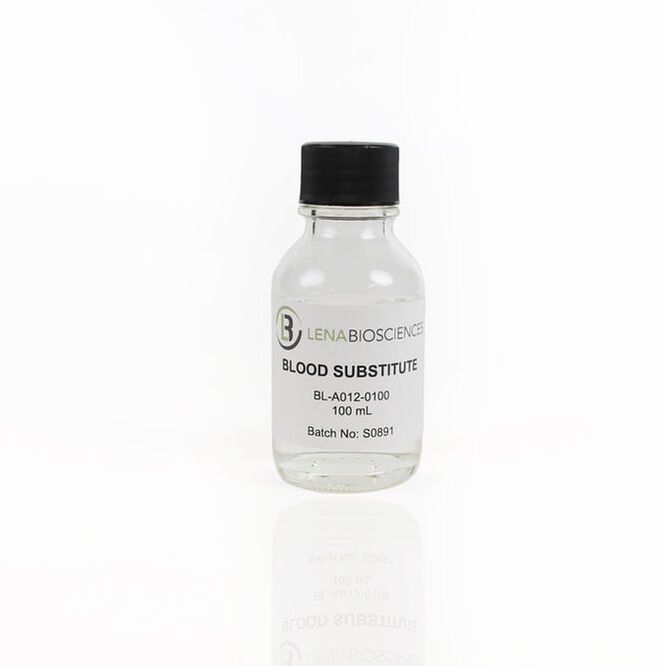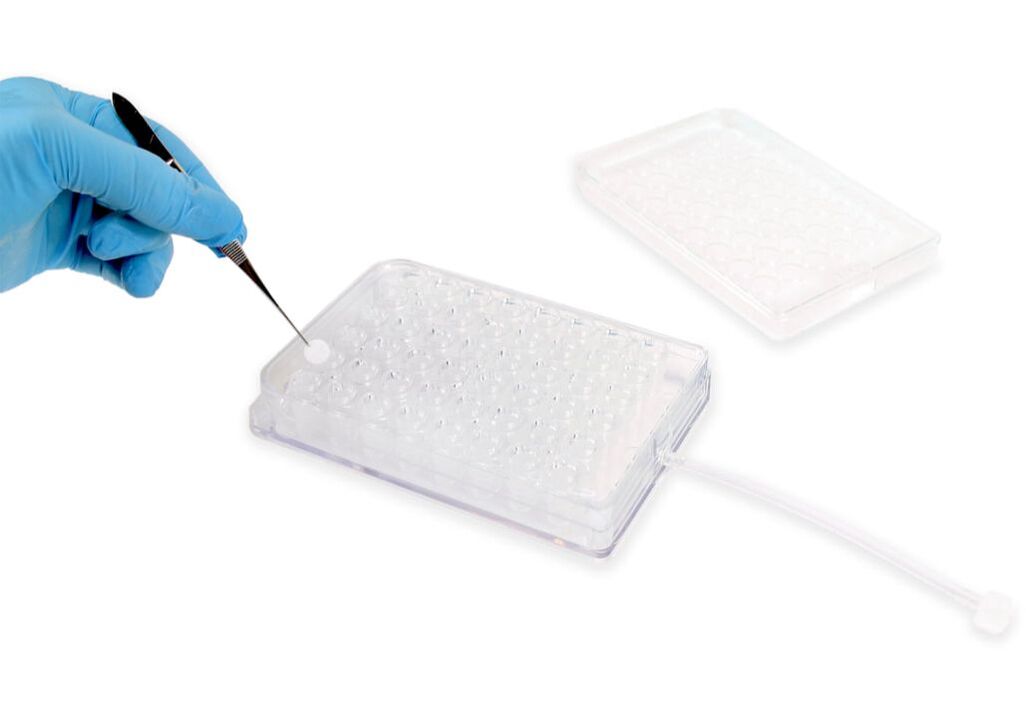Oxygen delivery as in vivo
In vivo, over 98% of oxygen delivery to tissues and cells is delivered by hemoglobin contained in the red blood cells. Only 2% of oxygen is delivered to our tissues dissolved in blood. This is because oxygen has low solubility in the blood plasma and cell culture media. Our synthetic hemoglobin solves this problem for 3D organ-like cultures in vitro.
Lena Biosciences Blood Substitute is the first, screening compliant product that solves the problem of poor cellular oxygenation leading to ischemia, necrosis, de-differentiation, and transcriptional drift that cells experience in vitro. Learn how our synthetic hemoglobin, Blood Substitute, results in superior delivery of respiratory gases to cells, better pH control, and preserved cell functions.
Lena Biosciences Blood Substitute is the first, screening compliant product that solves the problem of poor cellular oxygenation leading to ischemia, necrosis, de-differentiation, and transcriptional drift that cells experience in vitro. Learn how our synthetic hemoglobin, Blood Substitute, results in superior delivery of respiratory gases to cells, better pH control, and preserved cell functions.
|
Benefits
Features:
|
For in vitro cell culture use. Not for use in animals or humans.
How it works
Blood Substitute provides in vivo-like oxygen delivery to tissues based on cellular demands mimicking the oxygen-hemoglobin dissociation curve. The dissociation of oxygen from hemoglobin is governed by the partial pressure of oxygen in tissues in vivo. The lower the partial pressure of oxygen inside the tissue, the more oxygen dissociates from hemoglobin to meet the tissue demand for oxygen. Highly active tissues have high demands for oxygen. In these tissues, more oxygen dissociates from hemoglobin to meet the tissue needs compared to metabolically less active tissues.
Our synthetic hemoglobin, Blood Substitute, mirrors this in vivo-relevant oxygen delivery for 3D cell cultures in our Perfused Organ Panel MPS. Raise your research to new heights with oxidative metabolism- and mitochondrial metabolism-competent, perfused 3D cell culture models in vitro.
|
Advantages over air-liquid interface cultures:
Advantages for microphysiological systems (MPS):
|
Blood Substitute models blood in our biomimetic
Perfused Organ Panel microphysiological system


